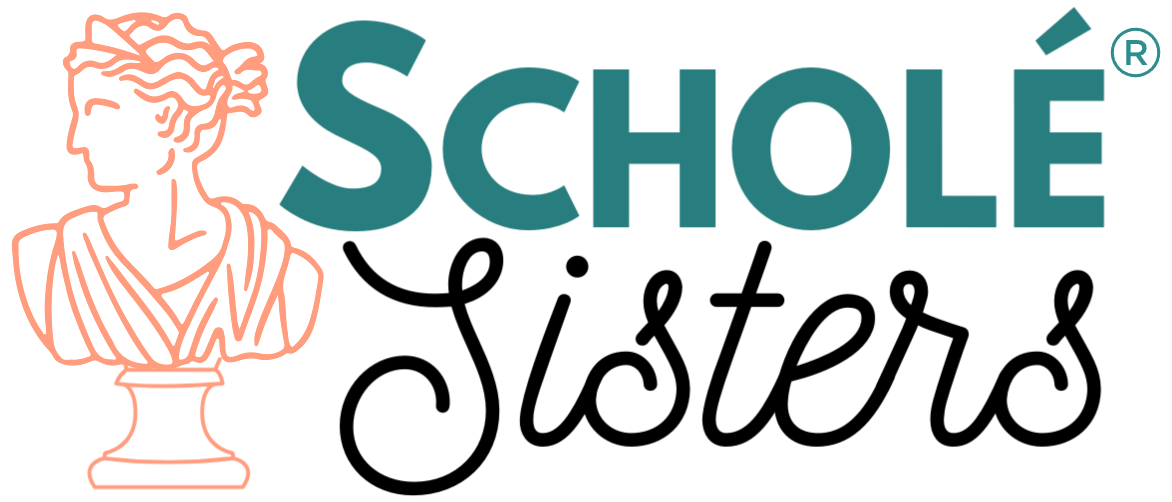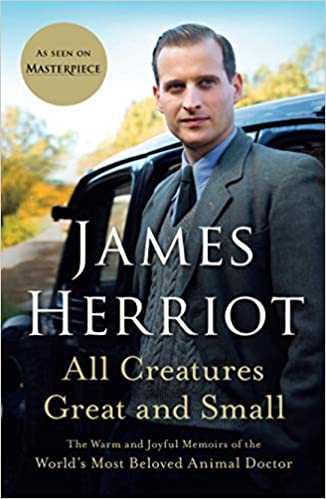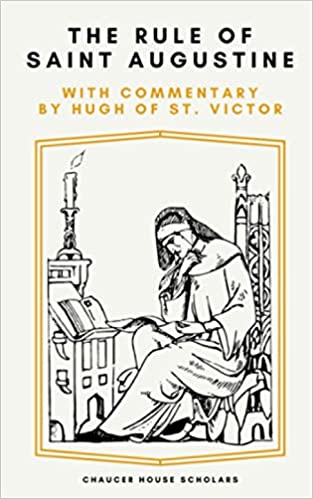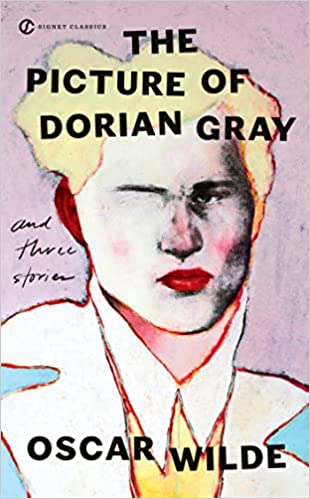All Creatures Great and Small
Delve into the magical, unforgettable world of James Herriot, the world's most beloved veterinarian, and his menagerie of heartwarming, funny, and tragic animal patients.
For fifty years, generations of readers have flocked to Herriot's marvelous tales, deep love of life, and extraordinary storytelling abilities. For decades, Herriot roamed the remote, beautiful Yorkshire Dales, treating every patient that came his way from smallest to largest, and observing animals and humans alike with his keen, loving eye.
In All Creatures Great and Small, we meet the young Herriot as he takes up his calling and discovers that the realities of veterinary practice in rural Yorkshire are very different from the sterile setting of veterinary school.
James Herriot's memoirs have sold 80 million copies worldwide, and continue to delight and entertain readers of all ages.
More info →The Rule of Saint Augustine: with Commentary by Hugh of St. Victor
The Rule of Saint Augustine, written Augustine of Hippo (354-430), is a brief document which served as a guide for the servants of God. It is the oldest monastic rule in the Western Church. The Rule addresses chastity, poverty, obedience, worldliness, labor, hierarchy, charity, prayer, fasting and abstinence, care of the sick, silence and host of other questions. It came into use on a wide scale from the twelfth century onwards and continues to be employed today by many orders, including the Dominicans, Servites, Mercederians, Norbertines, and Augustinians.
The Commentary, traditionally attributed to Hugh of St. Victor (c.1096 –1141), offers a wealth of insight on this important document. This edition was translated from the original Latin by Dom Aloysius Smith and formatted for publication by Chaucer House Press.
More info →Beauty for Truth’s Sake: On the Re-enchantment of Education
Based in the riches of Christian worship and tradition, this brief, eloquently written introduction to Christian thinking and worldview helps readers put back together again faith and reason, truth and beauty, and the fragmented academic disciplines. By reclaiming the classic liberal arts and viewing disciplines such as science and mathematics through a poetic lens, the author explains that unity is present within diversity. Now repackaged with a new foreword by Ken Myers, this book will continue to benefit parents, homeschoolers, lifelong learners, Christian students, and readers interested in the history of ideas.
More info →The Picture of Dorian Gray
The Picture of Dorian Gray, Oscar Wilde’s only full-length novel, is the enduringly eerie story of a naïve and irresistible young man lured by decadent Lord Henry Wotton into a life of depravity. Though Dorian is steeped in sin, his face remains perfect, unlined as years pass—while only his portrait, locked away, reveals the blackness of his soul. This timeless tale of Gothic horror and fable, reveling in the unabashed hedonism and cynical wit of its characters, epitomizes Wilde’s literary revolt against the proprieties of the Victorian era.
Sharing this volume with The Picture of Dorian Gray are Wilde’s clever and sophisticated story “Lord Arthur Savile’s Crime” and two of his delicate fairy tales, “The Happy Prince” and “The Birthday of the Infanta.”
More info →



